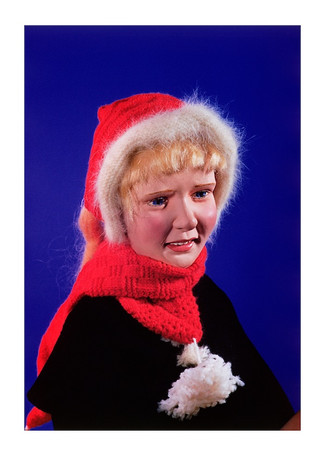top of page

Morton Bartlett
These seventeen color slides were found in a locked wardrobe in the apartment of Morton Bartlett, a year after he died. Fifteen wooden chests were also discovered, each containing a carefully packed plaster doll with detachable limbs—twelve girls who appeared to be between eight and sixteen years old and three boys around eight years old—along with props, wigs, and clothing that Bartlett had made for them. The trove included as well 220 black-and-white photographs, sketches, and documents including growth-curve charts. This body of work, created between 1935 and 1950, remained secret during his lifetime. Bartlett spent more than a year creating each mannequin-sculpture, which were all approximately half life-size. As he was beginning to create them, he worked as a child photographer. He studied casting and learned to sew, using anatomy books and fashion magazines as references. Evidence of his craftsmanship and knowledge of decorative techniques is revealed in the articles he wrote as the editor of the 1950s home-craft magazines Bench & Brush and Decorator’s Letter from Home. Bartlett orchestrated photography sessions with his sculptures, changing their clothes (ballerina leotard, long veil, printed dress), poses (interchanging the limbs), backgrounds (neutral, naturalistic), and lighting. His models—some parts of their bodies never made because they would not be in the camera angle—display a range of emotional states: innocent, fearful, angry, sad, charming, and trusting.

















bottom of page

